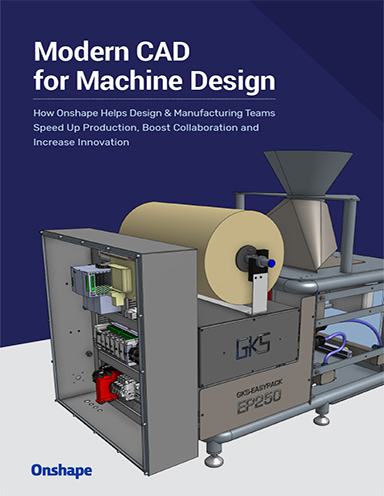arburgGREENworld Program Sustainability Report Shows Improvements
Arburg reduces its carbon footprint further.

The 2021 version of Arburg’s sustainability report has been available on the Arburg website since the beginning of March 2022. Image courtesy of Arburg.
Latest News
March 8, 2022
The new Arburg Sustainability Report features various topical facts, figures and data. In an interactive PDF, a wide range of background information can be accessed online at any time. The 2021 version has been available on the Arburg website since the beginning of March 2022.
In its Sustainability Report, the company shares with the world its plans and practices for long-term sustainability in all relevant areas. In fact, the Sustainability Report itself is sustainable: The interactive document with fascinating facts, figures and data is ready to be browsed on the ARBURG website—the company has taken a conscious decision not to produce a hard printed version.
Background
This Sustainability Report is a building block in the “arburgGREENworld” program, with which the company has defined sustainability through resource efficiency and the circular economy as an important goal. For decades the company has viewed the need for environmental protection, conservation of resources and efficiency as an obligation and as an incentive. This is expressed, for instance, in energy-efficient construction and sustainable manufacturing processes. Other contributing factors include central production at a location with a high proportion of in-house manufacturing and short supply chains, production-efficient machine technology, and digital products and service of the “arburgXworld” program.
Facts and Figures
The following figures demonstrate how Arburg has implemented sustainability across the entire company:
• 90% of all waste generated in 2020 was recycled.
• 20% of the company's entire water consumption comes from rain water collected in a number of cisterns.
• 1.9 million kWh of solar energy were generated through photovoltaics and used in-house by Arburg in 2020. This corresponds to the energy needs of over 500 four-person households.
• 1.3 million kWh of wind energy were generated in 2020. This corresponds to the energy needs of over 340 four-person households.
• Over 90 million kilograms of carbon emissions were saved between 2010 and 2020.
Clearly Structured
The “WIN-Charta” sustainability management system of the state of Baden-Württemberg is used as a basis when gathering data for the Sustainability Report. This “Charta” consists of 12 statements that address, among other topics, human and labor rights, employee well-being, resources, energy and emissions, product responsibility and anti-corruption.
Sources: Press materials received from the company and additional information gleaned from the company’s website.
Subscribe to our FREE magazine, FREE email newsletters or both!
Latest News
About the Author
DE’s editors contribute news and new product announcements to Digital Engineering.
Press releases may be sent to them via [email protected].






